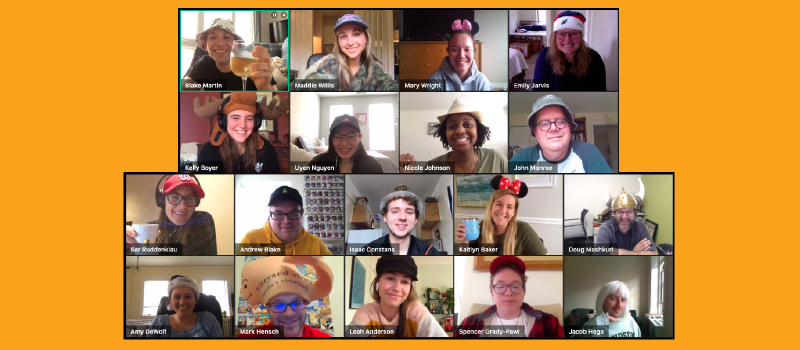Your organization has a culture – competitive or chummy, inclusive or lackadaisical. Individual behaviors all add up to a collection of what’s acceptable and what’s not at work. These unwritten rules and norms can define your organization, giving it a competitive edge. They can also be a catalyst, driving your people to work harder or be more creative. And it goes without saying that a dysfunctional culture can hamper or even sink an organization.
According to vast research – and the track record of many companies known for their engaging cultures – culture is highly relevant to organizational success, whether you measure it by the bottom line or mission. The metrics of culture can be tricky, however, because of how intangible it is. There’s no robust methodology for equating benefits from positive company culture to return on investment (ROI). Because of that, many leaders feel that efforts to develop culture are fluff. But we know that’s not true. Let’s look what you can use to understand the ROI of your culture-building efforts.
Ask your new hires
Talk to the people who have only been at your organization for six months to a year to establish a baseline of your culture – that’s long enough to be settled in and have taken a good look around. They can tell you if the values and norms that you’re trying to promote are reflected in their day-to-day experience.
Evaluate morale
Develop a few criteria around job satisfaction and productivity that make sense for your environment and give each a score, 1-5. Track those same criteria over a period of time to understand dips or rises in morale, and map those to culture-impacting events or initiatives.
Conduct employee surveys
Consider employee surveys to understand how employees feel about their work, the environment and their colleagues. Make responses anonymous, and send out pulse questions to specific groups or to measure specific aspects of culture.
Watch HR
You can learn a lot by noting the number of hires that come from internal referrals. Turnover rates, high or low, also provide feedback on your culture. An organizational culture where values and goals are aligned features easy collaboration, strong employee morale and high retention.
Measure the mission
An organization exists for a purpose. The best way of measuring the ROI of culture is to measure how effectively the organization is achieving its purpose. Culture should support that effort, so look for signs of struggle or weakness as areas to improve. Long-term success has to be built on a great culture.
Eyeball participation
Take note of how employees respond to necessary operational tasks, like being asked to change security procedures or attend all-staff training sessions. Their attitude and willingness speak to your culture. Look at more casual interactions too, like logging in for virtual team lunches, signing up for volunteering in the community or mentoring a newer employee.
When we introduced an incentive program that paid a stipend to those employees who walked or biked to work, we got very little reaction, but within a month, we had a number of people register. By tracking morale and productivity before and after we introduced the policy, we determined that supporting our employees being active and environmentally conscious was great for our culture.
Understand that building a high-performance culture is hard work. It takes intention, consistency and a commitment to excellence.
It’s an effort well worth the effort. In a defining study, John Kotter, a Harvard Business Professor, found that organizations who recognized culture as a powerful strategic tool enjoyed:
- Revenues that increased four times faster than non-culture building orgs
- Job creation rates that grew seven-fold
- Customer satisfaction that doubled
Those are the kind of results we are all looking for, and the answer is already within our organizations, just waiting for us to notice.
Interested in becoming a Featured Contributor? Email topics you’re interested in covering for GovLoop to [email protected]. And to read more from our Winter 2021 Cohort, here is a full list of every Featured Contributor during this cohort.
Edward Tuorinsky, Managing Principal at DTS, a government consultant business, is a service-disabled veteran who brings nearly two decades of experience to DTS in the areas of leadership, management consulting and information technology services.





Leave a Reply
You must be logged in to post a comment.